Don't hesitate to send a message
Web Menu
Product Search
Exit Menu
Pipeline and Cable Layout Restrictions for Installation Automatic Pump Control
When planning the installation of an Automatic Pump Control system, proper layout of pipelines and electrical cables is essential for ensuring efficient and safe operation. While the system is designed to be adaptable, engineers must consider physical space limitations, accessibility, and environmental factors. Moreover, verifying whether the Installation Automatic Pump Control is suitable for different types of pumps helps determine how pipelines and cabling should be arranged. Proper layout prevents operational issues, reduces maintenance complexity, and ensures that the system can respond accurately to control commands.
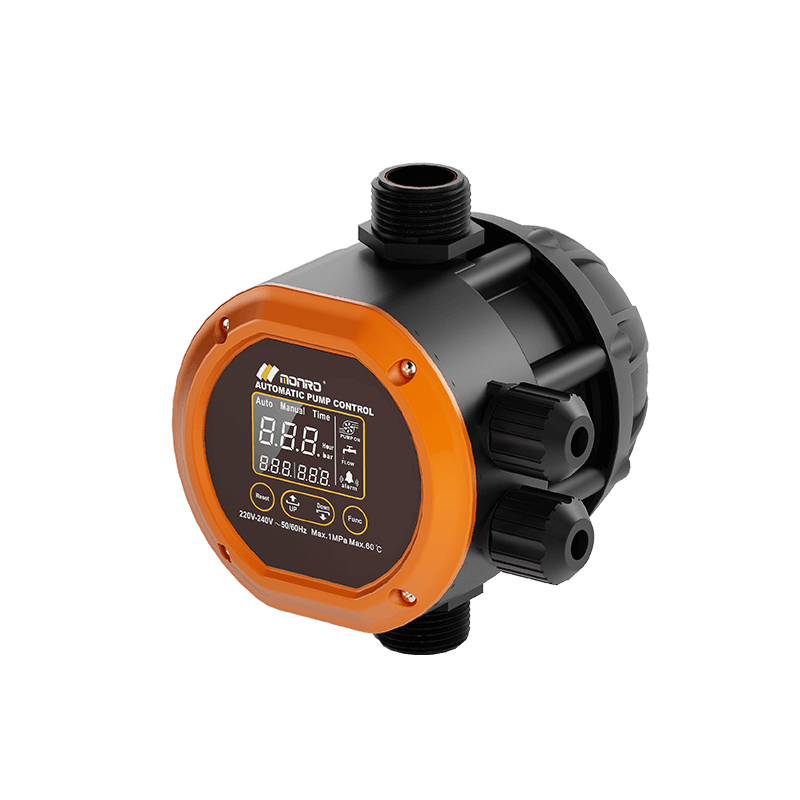
Pipeline Layout Restrictions and Guidelines
The design and arrangement of pipelines play a crucial role in the performance of an automatic pump control system. Sharp bends, excessive lengths, or sudden diameter changes can create pressure drops, turbulence, and flow irregularities, which may interfere with the control logic. Installation Automatic Pump Control relies on accurate pressure and flow measurements, so sensors should be installed in straight, stable sections of pipe to obtain reliable readings. Additionally, pipelines must be securely supported and isolated from vibrations caused by pumps or surrounding equipment to prevent sensor misalignment or mechanical stress. Consideration of maintenance access and future expansions is also critical when planning the pipeline layout.
Electrical Cable Routing Considerations
Electrical cabling for the control system must follow strict guidelines to ensure both safety and signal integrity. Cables should be routed away from high-temperature surfaces, moving components, and areas prone to water leakage. Proper separation of power and signal cables reduces electromagnetic interference, which could compromise sensor readings or control signals. Installation of Automatic Pump Control systems often requires connections to multiple pumps, sensors, and power sources, making it important to plan cable trays, conduits, and junction boxes carefully. Adequate slack should be provided to accommodate pump vibrations and future maintenance, while avoiding excessive looping that could create hazards or signal delays.
Environmental and Safety Restrictions
The layout of pipelines and cables must also consider environmental conditions such as exposure to chemicals, moisture, or outdoor elements. Protective conduits, insulation, or coatings may be required to prevent corrosion and electrical failures. In addition, adherence to local safety standards and electrical codes is mandatory to reduce the risk of short circuits, electric shock, or fire. Engineers must evaluate whether the control system and its connections can withstand these conditions without performance degradation, especially if the Installation Automatic Pump Control is applied to various pump types with different operational environments.
Coordination Between Components
Proper coordination between pipeline routes and cable pathways ensures efficient installation and long-term operation. Sensors, valves, and control units should be positioned for easy accessibility without interfering with pipe maintenance or pump operation. Overlapping or crowded layouts can complicate troubleshooting and may cause accidental damage during routine inspections. Planning a clear and logical route for both pipelines and cabling improves system reliability and facilitates rapid response to alarms or failures.
The installation of Automatic Pump Control systems imposes several restrictions on pipeline and cable layout. Engineers must carefully consider pipe alignment, sensor placement, cable routing, and environmental factors to ensure accurate control and long-term durability. Verifying whether the system is suitable for different types of pumps helps guide layout decisions and ensures compatibility. Proper planning reduces maintenance challenges, enhances operational safety, and allows the control system to function efficiently under varying operational conditions.
-
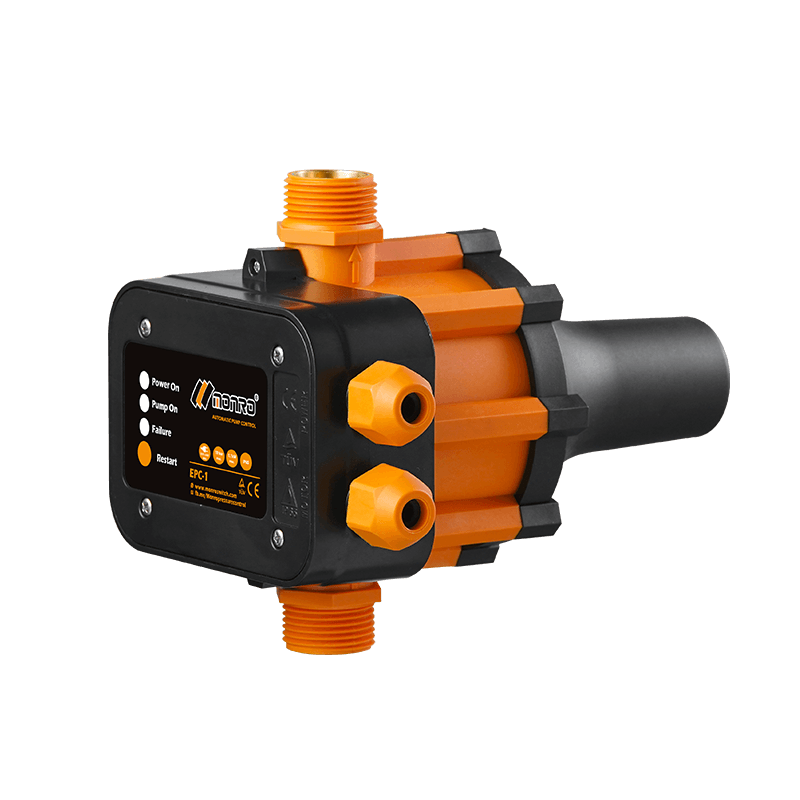 EPC-1
EPC-1Monro EPC-1 model pump controller is the classic and basic type, was loved by user in the global mar...
-
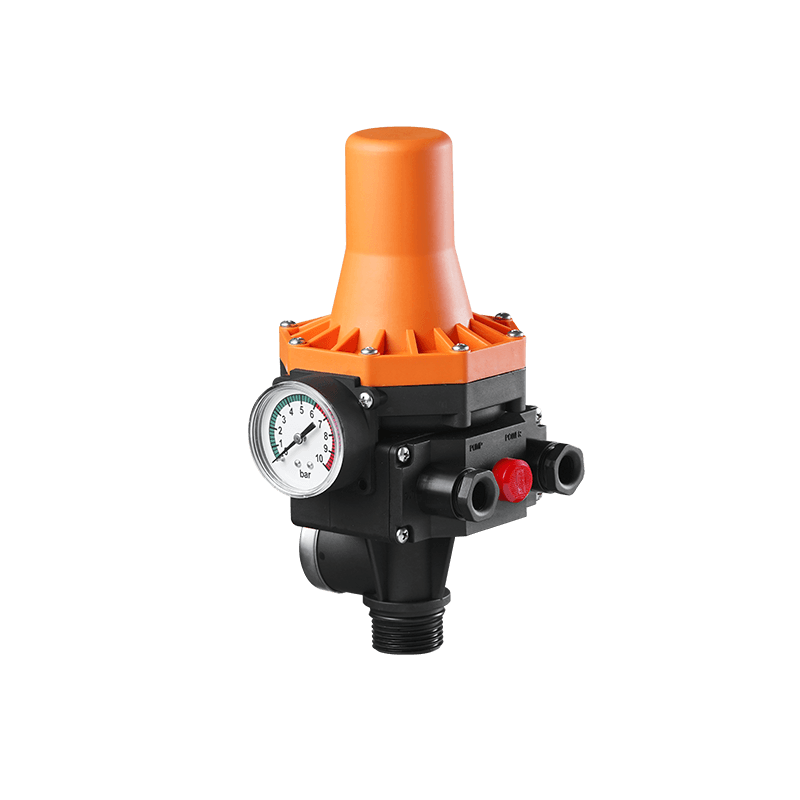 EPC-3
EPC-3Monro EPC-3 spain design auto on and off press control, an intelligent and economical system designe...
-
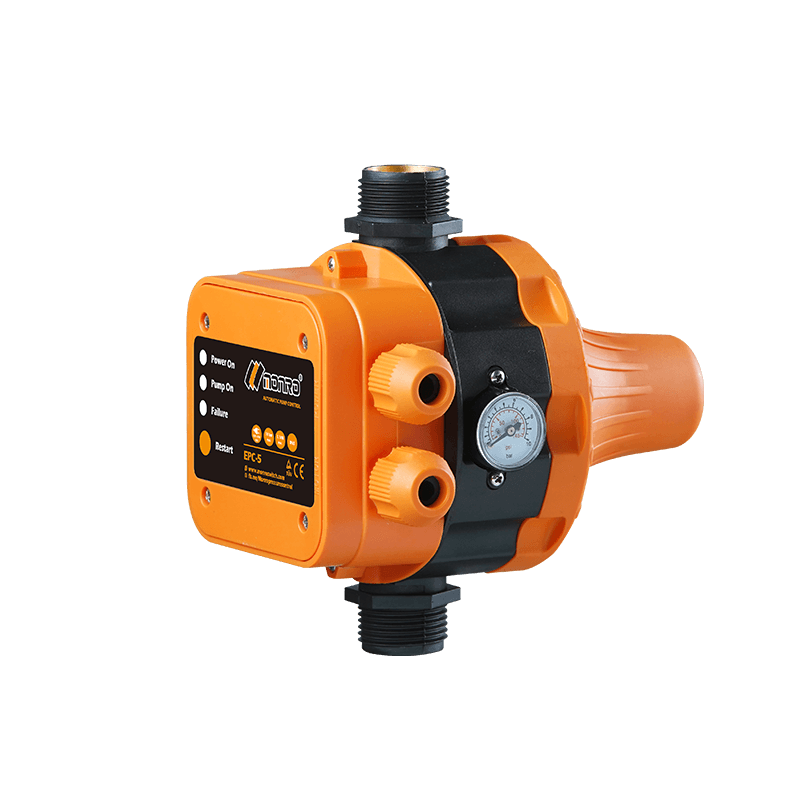 EPC-5
EPC-5Monro EPC-5 model automatic pump control, a device which assembled on the water pump (recommended si...
-
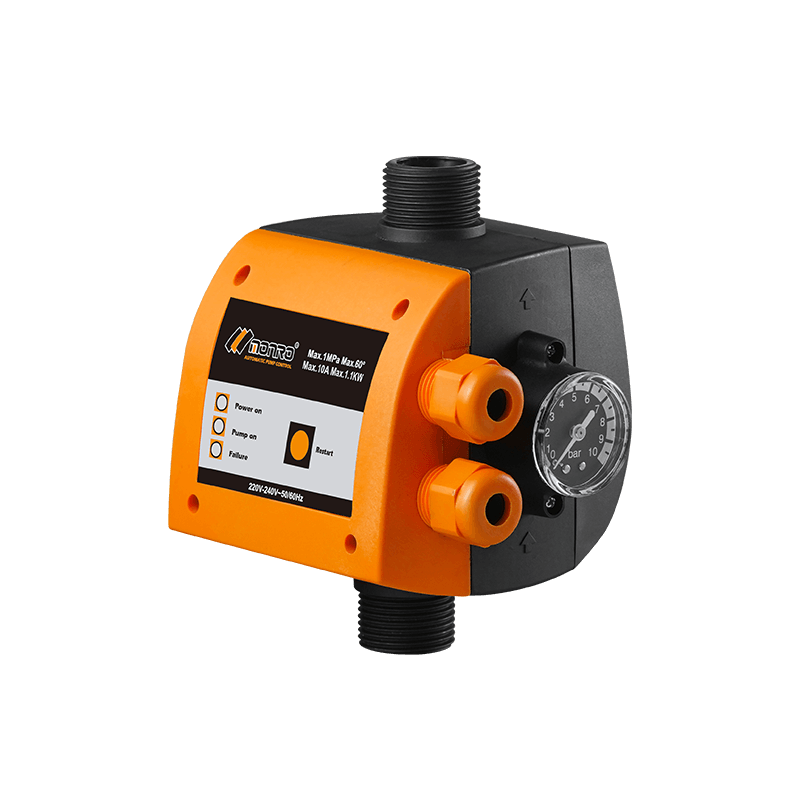 EPC-9
EPC-9Monro EPC-9 model pressure controller, is a big power device for automatic control and protection of...
-
 EPC-12
EPC-12Monro EPC-12 smart top-level automatic pump control is a multi-function model combined with traditio...
-
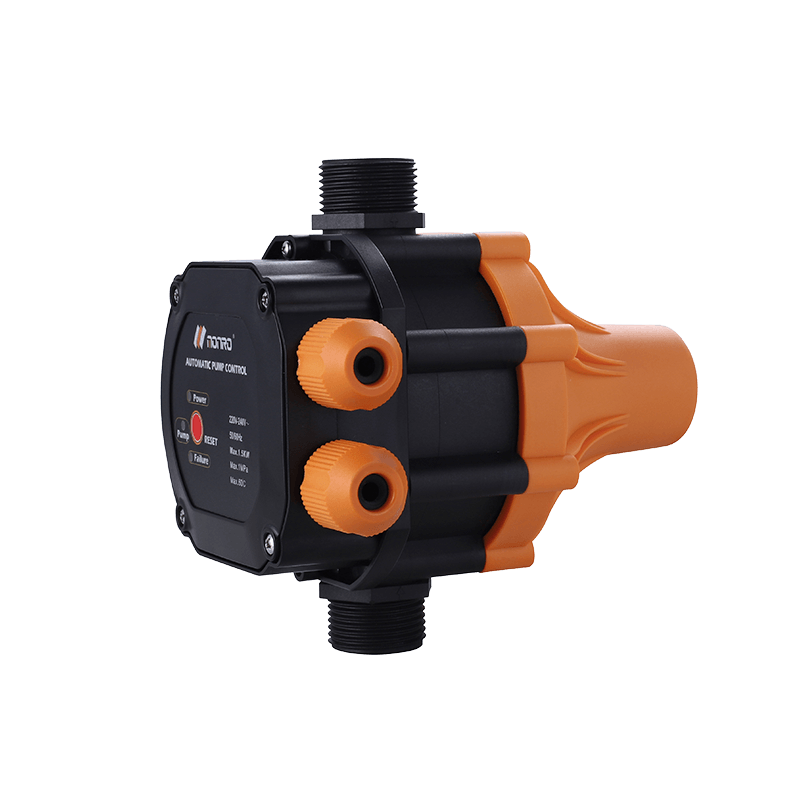 EPC-14
EPC-14Monro EPC-14 model pressure control is a big power device for automatic control and protection of el...
-
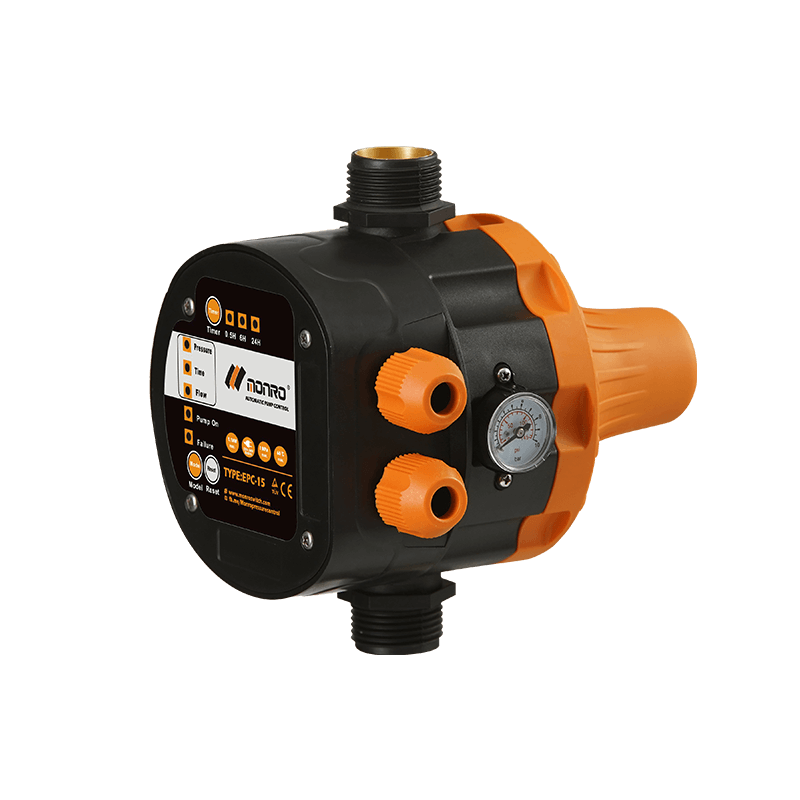 EPC-15
EPC-15Monro EPC-15 model automatic pump control, a device which assembled on the water pump (recommended s...
-
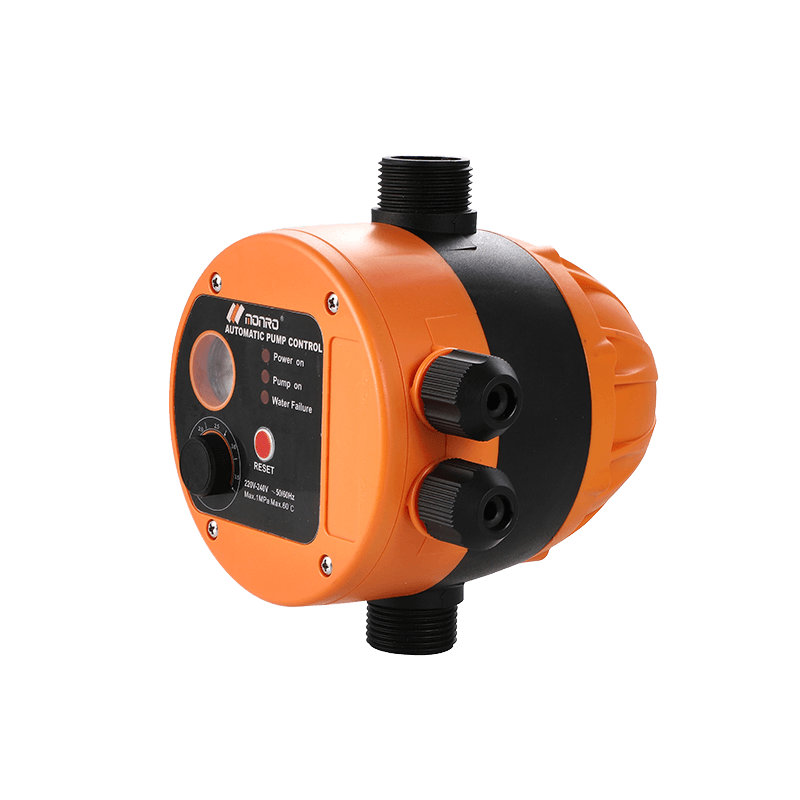 EPC-16
EPC-16EPC-16 is the new patent pump controller by Monro. Its key highlight is tooless (manual knob) start...
find our office
Committed to providing professional pressure control solutions for various types of water pumps and air compressors.

 简体中文
简体中文 English
English Español
Español


